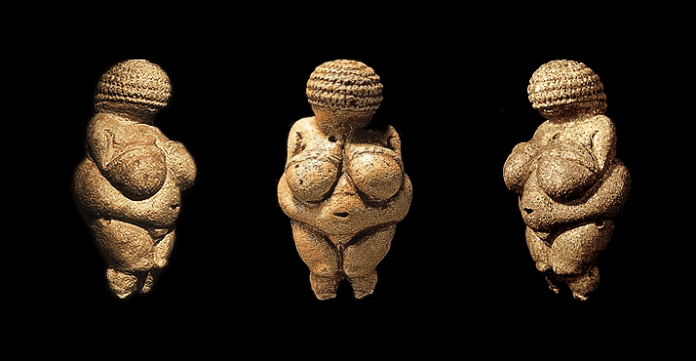If you feel like it’s hard to appreciate art, or if you’ve just never “gotten” it, you’re not alone. Few people are willing to admit it, making it much more common than it seems to be. When you go to art museums, you stare in confusion at some of the works, and have probably seen a modernist painting or sculpture that made you wonder: “if a toddler could have created this, why is it considered a masterpiece?”
To an extent, art is subjective. You don’t need to adhere to any set of standards for interpreting a piece of art, nor are you an inferior human being because you don’t appreciate a particular work the same way someone with an art degree does. However, if you’re interested in cultivating a better understanding and appreciation for art, there are a few strategies that can help you.
The Basics
There are two main strategies for improving your art appreciation. The first is education. The more you learn about art, the more art you see, and the more you understand what critics look for when they evaluate the merits of a given piece, the more you’ll feel like you “get” it. At the very least, you’ll develop a better vocabulary for describing what you see on canvas.
The second strategy is altering your personal perspective. If you see a piece of art through new eyes, or from a different perspective, you’ll be able to appreciate it that much more.
Strategies for Improving Art Appreciation
So what specific strategies can you use to improve your appreciation for art?
- Take a class. First, you could take a class. Any art class can help you here, including classes that teach you how to create art and those that teach about art history. However, if you’re trying to improve your understanding of art in general, the best courses will be dedicated art appreciation classes. These classes specifically aim to help people better understand and appreciate art, and you can find many of these classes for free.
- Add context. Your understanding of almost any piece of work can be improved by your understanding of its context—that’s why you’ll often see a paragraph of text about the artist and the history of the painting next to any relevant museum piece. Understanding that the artist grew up impoverished and suffering from a chronic illness will make their painting seem much more personal and alive. Knowing the cultural elements that blended together for a unique sculpture will help you see it from different eyes.
- Ask questions. Asking questions about the artwork can also help. If you’re with someone who’s knowledgeable on the subject, they may be able to provide a unique perspective or guide you to an answer. If you’re by yourself, asking these questions internally can challenge you to think in new ways.
- Change your perspectives. You can often improve your appreciation for a piece by changing your literal perspective. View the piece from far away as well as from close-up. Tilt your head. Walk away and come back to it. Squint your eyes. You’ll be amazed at how different the piece can look from these angles, and it might lead you to some interesting conclusions.
- Take mind-altering substances. Assuming they’re legal in your area, you can enhance and/or distort your perceptions with mind-altering substances. In Canada, a service like Bud Buddy can deliver you recreational marijuana, which you can use to view art in an entirely new way. In other areas, you might be able to try even more intense mind-altering substances.
- Create art of your own. You’ll have a deeper appreciation for art after you’ve created some of your own. Even if you don’t consider yourself an artist, try your hand at painting, sculpting, sketching, or preferably, a little bit of everything. Once you know what it’s like to create firsthand, you’ll see everything in the art world a little differently.
- Specialize in one area. Instead of trying to appreciate “art” in general, consider starting with one key area of specialty. For example, you might acquaint yourself with the works of a single artist, or study pieces that come from one particular area or period of time. You can always branch out from there.
Remember, you aren’t required to appreciate art. And when you do appreciate art, you aren’t required to like the same pieces as everyone else, or agree with every assessment made by a major critic. Experiencing art is something deeply personal and subjective, and while you can enhance that experience by improving your knowledge or changing your perspective, there’s no “right” way to go about it, nor is there a definitive goal to reach in the process.
